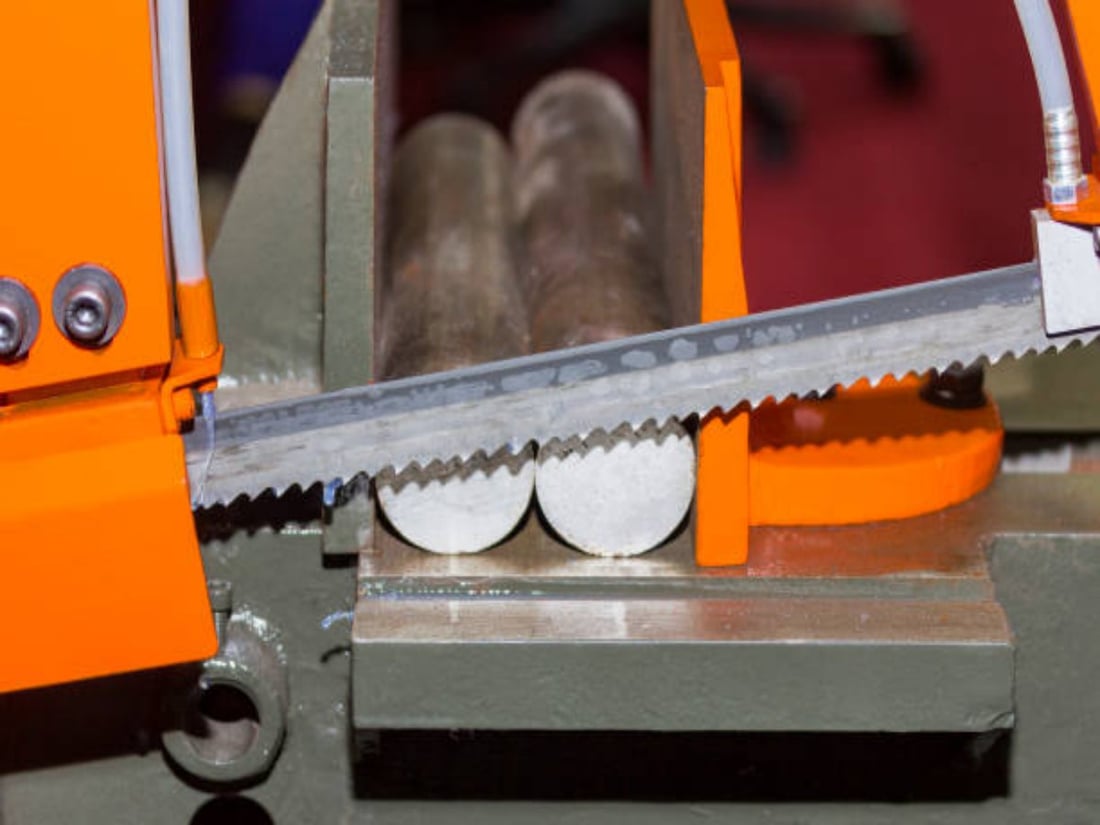Best Reciprocating Saw Blades: The Ultimate Guide
Reciprocating saws are versatile tools used in many construction and renovation projects. But to get the most out of your reciprocating saw, you need the best blades. In this comprehensive guide, we will explore the top reciprocating saw blades available in the market. Whether you are a professional or a DIY enthusiast, this guide will help you make an informed decision and choose the best reciprocating saw blades for your needs.
1. Understanding Reciprocating Saw Blades
Before we dive into the world of the best reciprocating saw blades, let's take a moment to understand what they are and how they work. Reciprocating saw blades are specially designed blades that attach to a reciprocating saw. These blades move back and forth rapidly, allowing you to cut through various materials such as wood, metal, plastic, and even masonry.
2. Types of Reciprocating Saw Blades
There are several types of reciprocating saw blades available, each designed for specific materials and applications. Here are some of the most common types:
Wood Cutting Blades
Wood cutting blades are designed with larger teeth and wider gullets to quickly and efficiently cut through wood. They are ideal for tasks such as pruning trees, cutting lumber, and general woodworking projects.
Metal Cutting Blades
Metal cutting blades are made from hardened steel and have smaller and more closely spaced teeth. They are perfect for cutting through various metals, including steel, aluminum, and copper. Metal cutting blades are often used in plumbing, HVAC, and demolition projects.
Demolition Blades
Demolition blades are heavy-duty blades designed for tough jobs. They have large, widely spaced teeth that can cut through nails, screws, and other materials commonly found in demolition projects. These blades are a great choice for remodelers and contractors.
Bi-Metal Blades
Bi-metal blades are the most versatile reciprocating saw blades available. They are made from two different types of metals, typically high-speed steel and high-carbon steel, which are laser welded together. Bi-metal blades can cut through a wide range of materials, including wood, metal, plastic, and even masonry.
3. Factors to Consider When Choosing Reciprocating Saw Blades
With so many options available, choosing the best reciprocating saw blades can be overwhelming. Here are some factors you should consider to narrow down your choices:
Material
Consider the material you will be cutting most frequently. Different blades are designed for different materials, so choose one that suits your needs.
Tooth Count
The tooth count refers to the number of teeth per inch (TPI) on the blade. Blades with higher TPI provide smoother cuts, while blades with lower TPI are more suitable for aggressive cutting.
Blade Length
The blade length determines the cutting depth of your reciprocating saw. Longer blades are ideal for deep cuts, while shorter blades offer better control and maneuverability.
Blade Thickness
Thicker blades are more rigid and less prone to bending or breaking. However, they may generate more friction and heat during cutting. Thinner blades are more flexible but are also more prone to breaking.
Price
Consider your budget and choose blades that offer the best value for money. Remember, investing in high-quality blades will result in better performance and longer lifespan.
4. Top Picks: Best Reciprocating Saw Blades
Now that you know what to look for, let's explore some of the top picks for the best reciprocating saw blades:
1. Bosch RW66
The Bosch RW66 is a high-quality wood cutting blade with a 6-inch length and 6 TPI. It provides fast and precise cuts in wood and is compatible with most reciprocating saws.
2. DEWALT DW4892
The DEWALT DW4892 is a 12-inch bi-metal blade with 10 TPI. It offers excellent cutting performance and durability, making it suitable for a wide range of materials.
3. Diablo DS0908CF
The Diablo DS0908CF is a 9-inch carbide-tipped blade designed for cutting through thick metals and abrasive materials. It has a special coating that reduces friction and extends blade life.
4. Milwaukee 48-00-1303
The Milwaukee 48-00-1303 is a 9-inch demolition blade with 5 TPI. It is perfect for heavy-duty tasks and can cut through nails, wood, and other tough materials with ease.
5. LENOX 21088B6110R
The LENOX 21088B6110R is a 6-inch bi-metal blade with 10 TPI. It offers excellent cutting speed and durability, making it a great choice for professionals and DIY enthusiasts alike.
5. Tips for Using Reciprocating Saw Blades
To ensure optimal performance and safety, here are some tips for using reciprocating saw blades:
Choose the Right Blade
Always choose the appropriate blade for the material you are cutting. Using the wrong blade can result in poor performance and potential damage to the blade or saw.
Use Proper Technique
Hold the reciprocating saw firmly with both hands and maintain a steady grip. Apply steady pressure and let the blade do the work. Avoid forcing the blade into the material.
Wear Safety Gear
Protective gear, including safety glasses, gloves, and earplugs, should be worn when using a reciprocating saw. These tools can generate debris and loud noise, so it is important to protect yourself.
Inspect Blades Regularly
Inspect your blades before each use for signs of damage or wear. Replace any blades that are dull, bent, or damaged to ensure safe and efficient cutting.
6. Conclusion
Choosing the best reciprocating saw blades is essential for achieving clean and efficient cuts in various materials. Consider the type of material you will be cutting, the tooth count, blade length, and thickness. Invest in high-quality blades that offer good value for money, and always follow safety guidelines when using a reciprocating saw. With the right blades and proper technique, you can tackle any cutting task with ease.


